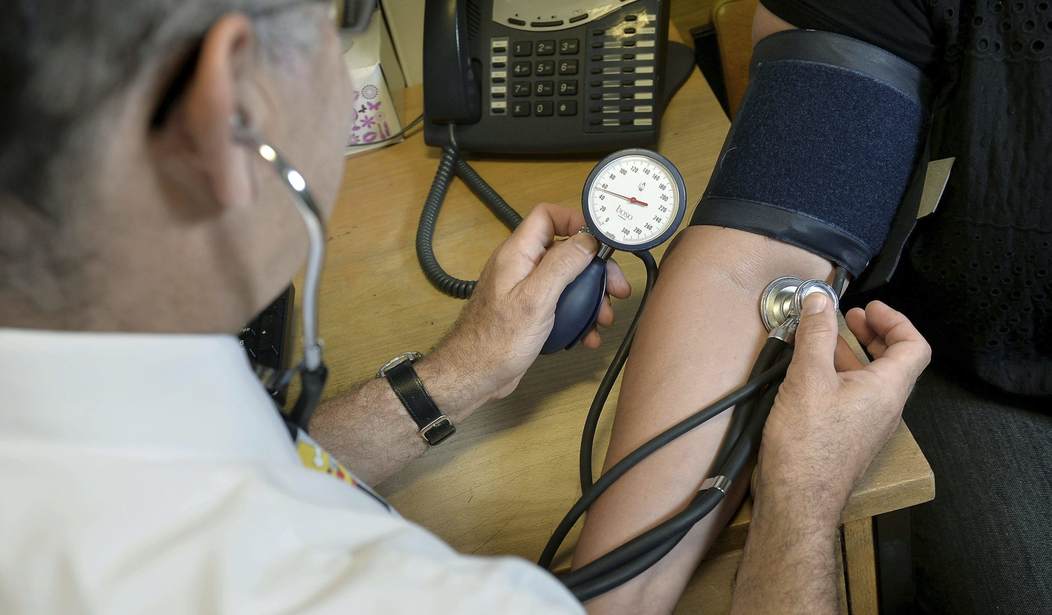WASHINGTON — The most pressing health threats for Americans in 2018 included “steep and sustained increases in sexually transmitted diseases” and declining overall life expectancy blamed in large part on the opioid crisis.
The Centers for Disease Control and Prevention’s year-end roundup also noted that since August the agency has been coordinating with the Democratic Republic of Congo (DRC) Ministry of Health as the second-largest ebola outbreak in history sweeps through the region.
The World Health Organization reported last week that battling the ebola outbreak in the DRC “continues to be a complex challenge” as “pockets of community reluctance and the conflict setting continue to obstruct activities in some affected areas.”
As of Dec. 18, 549 ebola cases have been reported in two provinces with a 59 percent fatality rate.
Overall in the U.S., the CDC tracked increasing mortality rates for seven of the 10 leading causes of death here. Drug overdoses accounted for 47,600 deaths, and opioids were the responsible drug in two-thirds of those.
“The opioid epidemic continues to be the public health crisis of our time, and this is reflected in the recent CDC mortality data,” said CDC Director Robert Redfield.
Also attributed to the opioid epidemic is a tripling in cases of hepatitis C over recent years.
A March report on the opioid crisis showed a 30 percent increase in emergency room visits, with overdoses increasing among men and women and all age groups, and variances seen in rural vs. urban areas.
CDC also responded to several foodborne illness outbreaks over the year, including E. coli contamination of romaine lettuce that led to nationwide recalls, and formed a task force in November to respond to a marked increase in cases of acute flaccid myelitis — a rare but serious nervous system condition that develops mostly in children after a mild viral infection.
The agency also noted a record-breaking increase in reports of sexually transmitted diseases, including nearly 2.3 million cases of chlamydia, gonorrhea, and syphilis. STDs increased for the fourth year in a row, the CDC reported in August, including gonorrhea nearly doubling among men.
“We are sliding backward,” Jonathan Mermin, director of CDC’s National Center for HIV/AIDS, Viral Hepatitis, STD, and TB Prevention, said at the time. “It is evident the systems that identify, treat, and ultimately prevent STDs are strained to near-breaking point.”
Gonorrhea has also become antibiotic-resistant, usually responding only to ceftriaxone.
“We expect gonorrhea will eventually wear down our last highly effective antibiotic, and additional treatment options are urgently needed,” said Gail Bolan, M.D., director of CDC’s Division of STD Prevention. “We can’t let our defenses down — we must continue reinforcing efforts to rapidly detect and prevent resistance as long as possible.”
CDC also released last month sobering data on the 34 percent increase in suicides from 2000 to 2016, jumps seen in nearly every state.
The top occupations of American men committing suicide were construction; arts, design, entertainment, sports, or media; and installation, maintenance, and repair. Among females committing suicide, the top occupations were arts, design, entertainment, sports, or media; protective service; and healthcare support.
For both genders, people who worked in education or libraries were least likely to commit suicide.
Nearly 80,000 Americans also died last year from influenza, and heart attacks, stroke and heart failure accounted for 415,000 deaths.









Join the conversation as a VIP Member